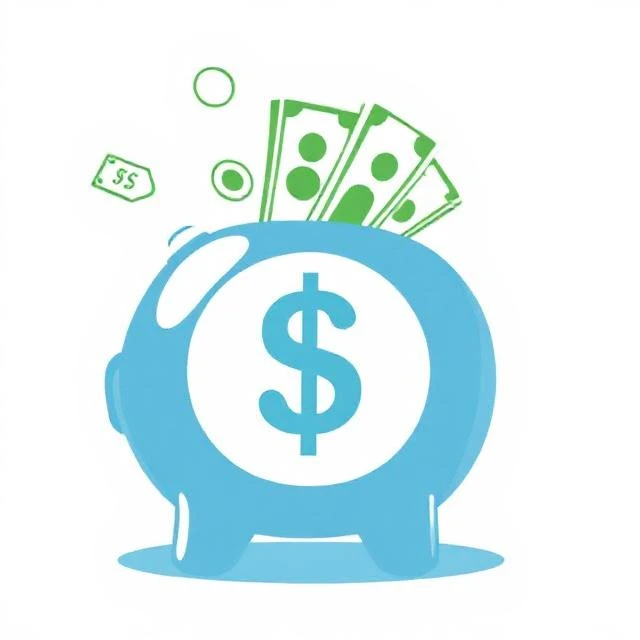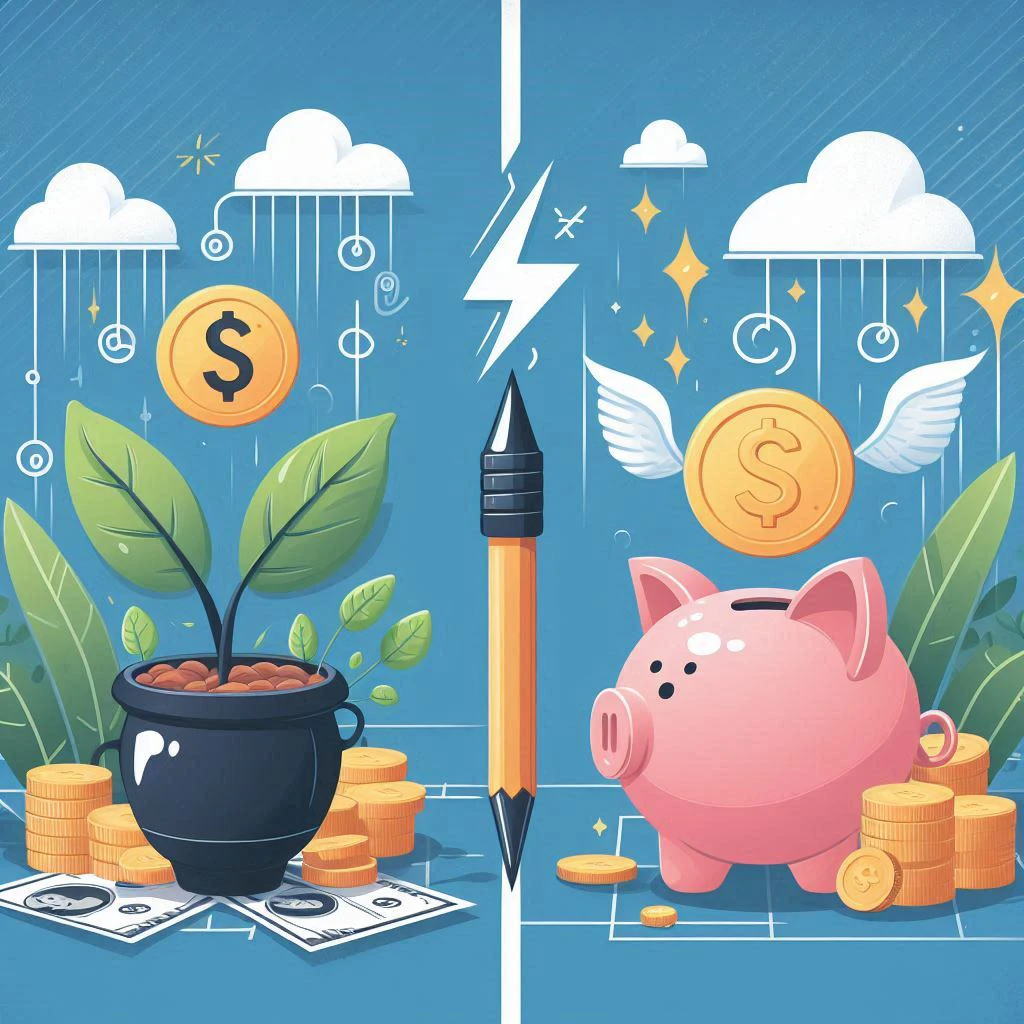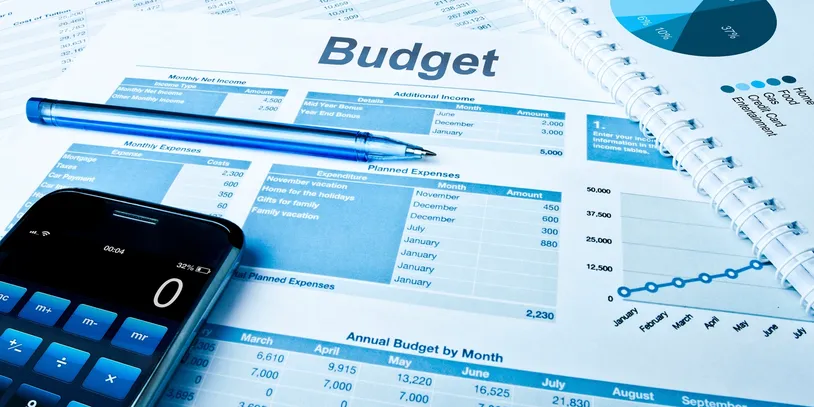Have you ever wondered how much financial stress you could avoid by having a robust emergency fund? Many people face unexpected financial challenges, from sudden job losses to expensive medical emergencies. These events often catch individuals unprepared, leading to financial strain and stress. An emergency fund acts as a financial safety net, allowing people to cover unforeseen expenses without resorting to credit or loans. In this volatile economic environment, establishing a fund that can cover three to six months’ worth of living expenses has become more critical than ever.
Understanding Emergency Funds

An emergency fund is a reserve of money set aside specifically to cover unexpected expenses or financial emergencies. Such emergencies might include car repairs, urgent medical treatments, or even temporary unemployment. It’s crucial to differentiate between an emergency fund and other savings because this fund is not for planned expenses like buying a house or taking a vacation.
| Pillar | Description | Example |
|---|---|---|
| Purpose | The main goal of the fund | Cushion against financial surprises |
| Liquid | Ease of access | Stored in a savings account |
| Protection | Guards against debt | Avoids use of credit cards |
| Size | Recommended amount | Three to six months living expenses |
Liquid assets are key to an emergency fund, meaning the money needs to be easily accessible. It’s usually set aside in a savings account that can be accessed without penalties. This ensures that you can withdraw the money when urgently needed, without additional fees or tax implications.
How Much Should You Save?

How much should you save to be adequately prepared for life’s uncertainties? Financial advisors typically recommend stashing away enough to cover three to six months’ worth of basic living expenses. This range can vary depending on personal circumstances, such as job security, income stability, and lifestyle. For someone with a steady income and minimal expenses, a three-month buffer might suffice. However, individuals with less stable jobs or more dependents should aim for the higher end of the spectrum.
“The future belongs to those who prepare for it today.”
Creating an emergency fund doesn’t happen overnight; it’s a gradual process. Start by evaluating your monthly expenses, including rent, utilities, groceries, insurance, and transportation. Multiply this total by the number of months you aim to cover. Then, set a realistic monthly savings goal to reach this fund size within a determined timeframe.
Investment vs. Savings: Where to Place Your Emergency Fund

Should your emergency fund be invested in the stock market to grow over time, or should it reside in a low-interest savings account? The answer is straightforward: liquidity is more important than earning potential. Investments in stocks, bonds, or mutual funds fluctuate and may not be easily accessible or could incur losses when sold during an emergency.
A savings account, money market account, or a short-term Certificate of Deposit (CD) offers liquidity without the risk of losing principal. While the interest earned may be modest, the priority is having the funds ready when you need them. Consider using an account that offers high-yield benefits while still providing quick access. Check out savings-account vs investment for a deeper understanding.
The Emotional Aspect of Financial Security
Building an emergency fund does more than protect you financially; it offers peace of mind and reduces stress. Knowing that you have a financial cushion in place can make dealing with life’s unpredictabilities much less daunting. You gain confidence in your ability to handle unforeseen events, which positively impacts mental well-being. Emotional security can be as crucial as financial stability, providing a holistic sense of preparedness and control over one’s life.
Maintaining and Adjusting Your Fund
Once your emergency fund reaches its target size, the work isn’t over. You must maintain it by replenishing any withdrawals for emergencies. Regularly review and adjust the fund’s size based on any changes in lifestyle or financial situation. For example, new responsibilities like a higher mortgage or additional dependents may warrant an increase in the fund to ensure continued security.
It’s wise to review your fund annually or after significant life changes. Updating your fund ensures that it remains adequate and aligned with your current needs.
The Consequences of Not Having an Emergency Fund

Imagine facing a sudden medical emergency or car breakdown without any savings. Those without emergency funds often rely on credit cards or personal loans, leading to high-interest debt that spirals into further financial trouble. Accumulating debt in emergencies can compromise long-term financial goals like retirement savings or buying a home.
Additionally, using retirement savings or selling investments prematurely can lead to penalties and taxes, eroding future financial security. The lack of a financial safety net leaves individuals vulnerable in times they are most financially fragile.
Understanding How to Build Your Fund
Creating an emergency fund can seem daunting, but breaking it down into manageable steps can simplify the process. Here are steps to help build your fund effectively:
1- Start small and set achievable goals.
2- Automate transfers to a designated savings account.
3- Cut unnecessary expenses and direct extra funds to savings.
4- Use windfalls like tax refunds or bonuses to boost your fund.
These strategies allow you to gradually build a fund that provides security and financial resilience.
FAQ – Common Questions
How quickly should I aim to build my emergency fund?
Start immediately; aim to build your fund within six months to a year, depending on your financial situation.
Can I use my emergency fund for expected expenses?
No, it should only cover unexpected emergencies, not planned expenses like vacations or home renovations.
Is it okay to use my credit card instead?
Using credit cards can lead to high-interest debt. An emergency fund is a better alternative.
Should I invest my emergency fund for potential growth?
No, the fund should be liquid and easily accessible, minimizing risk, unlike investments.
Can my emergency fund also be an investment portfolio?
An emergency fund should remain separate from investments to ensure quick access without risk.
Conclusion
An emergency fund is not just a financial tool; it is a cornerstone of financial stability and peace of mind. By understanding its importance and actively working towards building and maintaining a fund, individuals can safeguard themselves against life’s unpredictabilities. This financial cushion acts as a buffer, preventing high-interest debt and contributing to long-term financial health. Start building your emergency fund today to secure a more stable and stress-free financial future.


